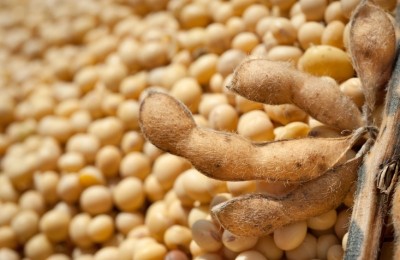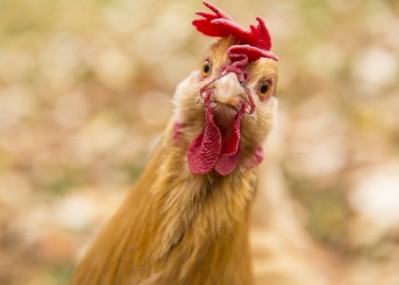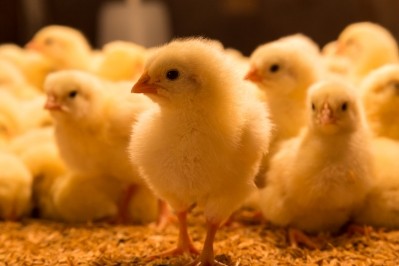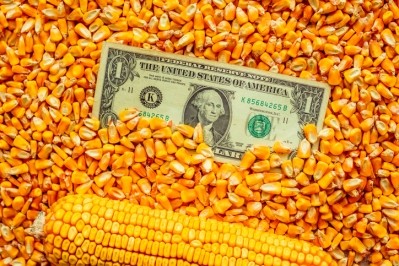US soybean market to see long-term challenges
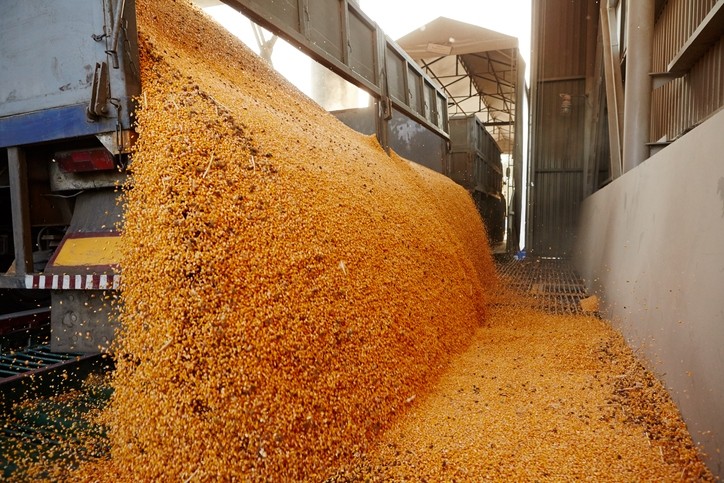
Rabobank released a baseline assessment of the US soybean industry looking at the potential implications of several influences on the market including reopening trade with China and repercussions from the outbreak of African Swine Fever (ASF).
The 10-year baseline model was developed as a tool to assess the market, said Stephen Nicholson, senior analyst in grains and oilseeds with Rabobank.
“What’s important is, when we have a baseline model we have the ability to say what are the trends that we see in that baseline and we know the assumptions we put into that baseline,” he told FeedNavigator. “The other piece is the ability to do a what-if scenario or shock the model.”
The overall implication of the multi-year model is that if current conditions continue then prices, exports and planted acres will remain low, although crush demand will continue, he said.
“The economics for raising soybeans are not very good,” he said. “Could you raise soybeans and make a profit today? It’s going to be tight – it will be difficult for farmers to make any money.”
The model also allows analysts to explore implications of different developments, including the end of the trade uncertainty or a halt to outbreaks of ASF, he said.
“If the trade gets solved tomorrow – theoretically – we want to see what’s the impact on soybean prices, does it bring soybean prices back to a level where farmers can make a living?” Nicholson said. “Because right now, that’s a pretty precarious situation, and the same thing with ASF … what does that mean for soybean prices going forward?”
The model suggests that the trade situation has had more of effect on soybean prices than ASF, he said.
“It’s a dollar, dollar-and-a-half hiccup on soybean prices because of the trade situation where, with ASF, it is about fifty cents to a dollar."
Soy trade, use and pricing
The main baseline outlook assumes that the trade dispute will remain in place and that ASF continues to spread, the report authors said. That combination curtails US soybean exports to less than 2bn bushels in exports. In that scenario, prices remain low along with planted acres.
The disease spread reduces demand for soybeans in affected regions, but may be partially offset by increased livestock production to meet global demand for animal proteins, they said.
The forecast drop in planted acres ties to the loss of the Chinese soybean market, they said. Acreage is anticipated to decline by about 7m acres or 325m to 350m bushels of production.
There is expected to be an uptick in planting next year to balance out crop rotations with corn, said Nicholson.
Given previous production trends and the anticipation of yield improvement, total soybean production is not anticipated to see a large decline, with carryover stocks remaining at more than 700m bushels, the authors said.
Without the trade dispute and global disease pressure, the average national price could increase $2 to $2.50 per bushel, they said.
The “bright spot” for the potential outlook is soybean crush, they said.
One factor driving support for soybean crush and soy meal is the global demand for animal protein, said Nicholson. “As long as economies stay good and we have more people entering the middle class, the demand for animal protein globally is going to stay good and the US is well-positioned to supply that need,” he added.
US exports of poultry, hogs and beef are anticipated to remain strong to meet those demands, he said. Pork and poultry production help support the demand for soymeal especially domestically.
Following the outbreak of ASF, China will need an alternative supply of animal protein, he said. Even if it does not source from the US directly, there will be market space to supply the countries trading with China.
Looking longer-term, the model predicts an upturn in prices for production in 2023/24, with a decline in price to about $8.90 a bushel by 2017/28. Indeed, the analysis indicates that soybean prices are likely to remain less than $9.60 a bushel through the next 10 years with planted acres ranging from 81 to 84m acres.
Alternative scenarios
In addition to the baseline scenario, two alternative models were developed by the Rabobank team – one looking at the implications of having no trade war or ASF presence and the other looking at the continued spread of ASF without trade barriers.
Without the challenges to disease or trade, planted acres likely would return to 90m planted acres by the 2024/25 season and remain at that level, they said. With improved trade, but continued disease presence planting was anticipated to reach about 86m acres and remain constant.
Pricing for soybeans would potentially exceed $12 in 2019/20 before falling to about $11.50 by 2021/22 in a situation with no trade war or disease challenge, they said. However, with improved trade but ongoing ASF concerns prices would reach a high of roughly $10.25 in 2019/20 and decline to a relative low of $9.80 a bushel by 2021/22.
The influence of the trade war on US exports, however, is “muted” as the country had been losing market share for multiple years, the authors said. But the best outlook for exports was found in a situation with no ASF and no trade war.
